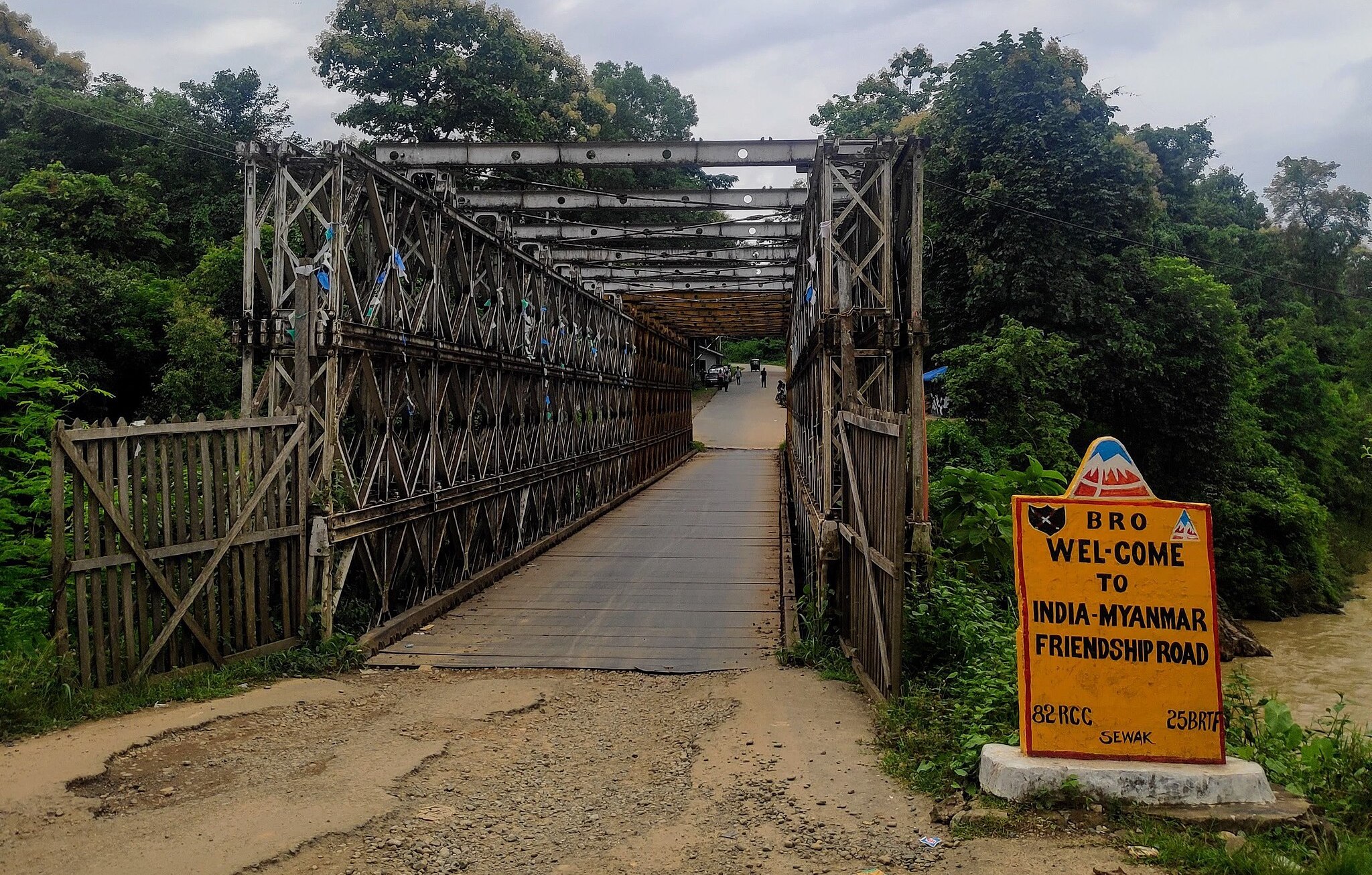The Indian government is planning to abolish the Free Movement Regime (FMR) along the Myanmar border, which allows people from India and Myanmar to move freely between the two countries, according to Tuesday reports from local news sources. The India-Myanmar border is unfenced, and individuals on both sides have familial and ethnic connections, leading to the establishment of the FMR in the 1970s.
The sources, which JURIST was not able to independently verify, reportedly noted that residents in the border regions, who were previously allowed to enter India without visas, will soon be required to obtain visas. The anonymous official is reported to have said:
We are going to end the FMR at Indo-Myanmar border soon. We will hold talks with Myanmar authorities once we finalise the modalities. Subsequently, the entire Indo-Myanmar Border (IMB) will be completely fenced in the next four and a half years. Anyone coming through will have to travel through a passport and get a visa.
Earlier in September, Chief Minister of Manipur N Biren Singh announced the suspension of the Free Movement Regime (FMR) with Myanmar during a press conference. He mentioned that the state had also requested the central government to terminate the agreement permanently.
The 1,643-km-long India-Myanmar border, traversing through Mizoram, Manipur, Nagaland, and Arunachal Pradesh, is presently governed by the FMR. This protocol was established in 2018 as a component of India’s Act East policy, meant to serve the purposes of stronger trade and business ties with South East Asia and other Indo-Pacific countries. Within the FMR framework, every member of hill tribes, whether a citizen of India or Myanmar, residing within 16 km on either side of the border, can cross over by presenting a border pass with a one-year validity. During each visit, they can stay for up to two weeks.
Since May 2023, Manipur, a northeastern Indian state, has experienced ethnic violence between the Meitei majority in the valley and the Kuki-Zomi-Mizo-Chin tribal communities in the hills. The conflict was triggered by the Meiteis’ demand for ‘Scheduled Tribe’ status, leading to clashes on May 3, resulting in over 120 reported deaths and 3000 injuries. The government deployed military forces, causing an “exchange of populations” between communities, with approximately 60,000 people displaced. The displaced are seeking refuge in relief camps and neighboring states, raising concerns of a potential civil war. An internet shutdown was also in effect in Manipur for a long period. The demand for “scheduled tribe” status stems from the constitutional recognition of certain privileges and affirmative action benefits for indigenous tribal groups in India.
These reports come in the aftermath of an attack by armed factions on joint security forces unit in Manipur, which involved gunfire and explosives, prompting a robust counteroffensive by the security forces. As a result, six personnel sustained injuries from shrapnel and were subsequently evacuated to Imphal, the capital of Manipur, for medical treatment. This attack had come a day after four were killed in another attack by unidentified armed individuals.


